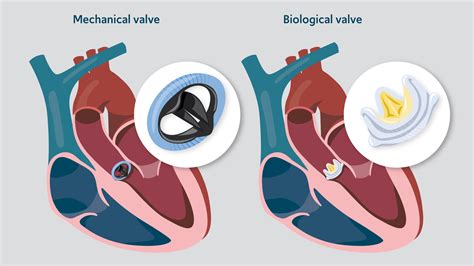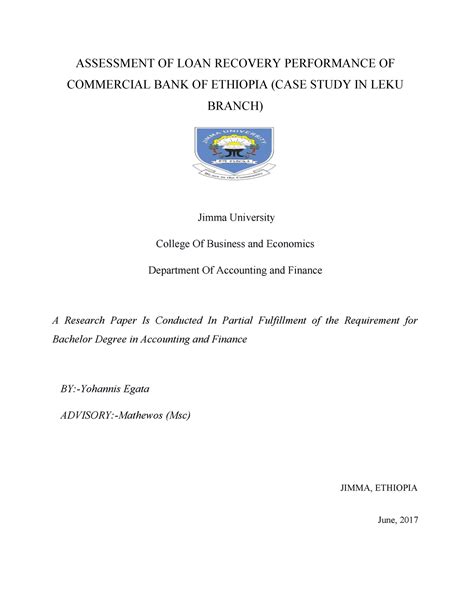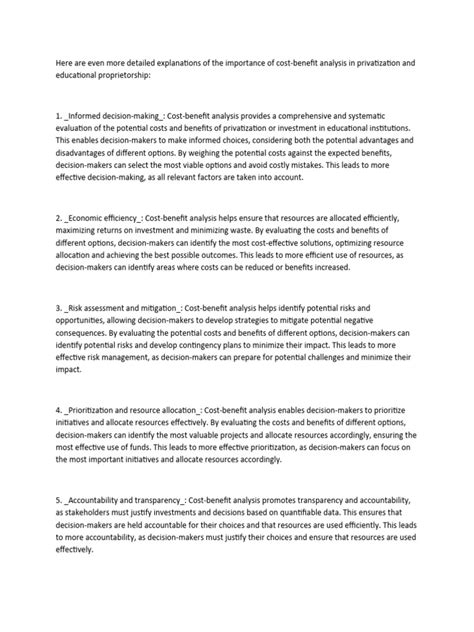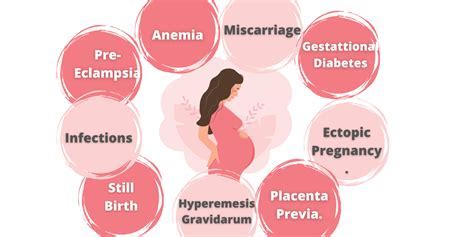Intro
Discover Aortic Valve Replacement Surgery options, including transcatheter and open-heart procedures, to treat aortic stenosis and regurgitation, with minimally invasive techniques and latest advancements in cardiac care.
The aortic valve is a crucial component of the heart, responsible for regulating blood flow from the heart to the rest of the body. When this valve becomes damaged or diseased, it can lead to serious health complications, including heart failure, stroke, and even death. Aortic valve replacement surgery is a common treatment option for individuals with aortic valve disease, and there are several surgical approaches available. In this article, we will explore the different options for aortic valve replacement surgery, including traditional open-heart surgery, minimally invasive surgery, and transcatheter aortic valve replacement (TAVR).
Aortic valve disease can manifest in various forms, including aortic stenosis, where the valve becomes narrowed, and aortic regurgitation, where the valve leaks. Both conditions can cause significant symptoms, such as chest pain, shortness of breath, and fatigue. If left untreated, aortic valve disease can lead to severe consequences, making timely medical intervention essential. Aortic valve replacement surgery is a highly effective treatment option, offering significant improvements in symptoms, quality of life, and long-term survival.
The decision to undergo aortic valve replacement surgery is typically made after a thorough evaluation by a cardiologist or cardiothoracic surgeon. Various diagnostic tests, including echocardiography, cardiac catheterization, and magnetic resonance imaging (MRI), may be used to assess the severity of the valve disease and determine the most suitable surgical approach. With advancements in medical technology and surgical techniques, patients with aortic valve disease now have access to a range of innovative treatment options, each with its benefits and risks.
Aortic Valve Replacement Surgery Types

There are several types of aortic valve replacement surgery, each with its unique characteristics and indications. The choice of surgical approach depends on various factors, including the patient's overall health, the severity of the valve disease, and the presence of any comorbidities. The main types of aortic valve replacement surgery include traditional open-heart surgery, minimally invasive surgery, and transcatheter aortic valve replacement (TAVR).
Traditional Open-Heart Surgery
Traditional open-heart surgery is the most common approach for aortic valve replacement. This involves making a large incision in the chest, followed by the use of a heart-lung machine to take over the function of the heart and lungs during the surgery. The surgeon then replaces the damaged aortic valve with a prosthetic valve, which can be either mechanical or biological. Mechanical valves are made of materials such as titanium or carbon, while biological valves are derived from animal tissues or human donors.Minimally Invasive Surgery
Minimally invasive surgery is a less invasive approach for aortic valve replacement. This involves making smaller incisions in the chest, typically 2-3 inches in length, and using specialized instruments to replace the damaged valve. Minimally invasive surgery can result in less tissue damage, reduced bleeding, and a faster recovery time compared to traditional open-heart surgery. However, this approach may not be suitable for all patients, particularly those with complex valve disease or multiple comorbidities.Transcatheter Aortic Valve Replacement (TAVR)
Transcatheter aortic valve replacement (TAVR) is a revolutionary, minimally invasive approach for aortic valve replacement. This involves using a catheter to deliver a prosthetic valve to the heart through a small incision in the groin or chest. TAVR is typically reserved for patients with severe aortic stenosis who are at high risk for traditional open-heart surgery or have multiple comorbidities. TAVR has been shown to be highly effective in improving symptoms and reducing mortality in these high-risk patients.Benefits and Risks of Aortic Valve Replacement Surgery

Aortic valve replacement surgery offers numerous benefits, including significant improvements in symptoms, quality of life, and long-term survival. The prosthetic valve can last for many years, and in some cases, for the patient's entire lifetime. However, as with any surgical procedure, there are risks and potential complications associated with aortic valve replacement surgery. These include bleeding, infection, stroke, and kidney damage. The risk of complications can be minimized by choosing an experienced surgeon and following a comprehensive pre- and post-operative care plan.
Pre-Operative Care
Pre-operative care is essential to ensure a smooth and successful surgical experience. Patients are typically required to undergo a series of diagnostic tests, including blood work, electrocardiogram (ECG), and chest X-ray. The surgeon may also recommend cessation of certain medications, such as blood thinners, to reduce the risk of bleeding during surgery. Additionally, patients are advised to quit smoking and avoid heavy lifting or strenuous activities in the weeks leading up to surgery.Post-Operative Care
Post-operative care is critical to promote healing, prevent complications, and ensure a speedy recovery. Patients typically spend several days in the hospital after surgery, during which time they are closely monitored by the surgical team. Pain management is a priority, and patients may be prescribed medication to manage discomfort and pain. The surgeon may also recommend a rehabilitation program to help patients regain strength and mobility.Aortic Valve Replacement Surgery Recovery

Recovery from aortic valve replacement surgery can vary depending on the individual patient and the type of surgical approach used. Traditional open-heart surgery typically requires a longer recovery time, often 6-8 weeks, while minimally invasive surgery and TAVR may result in a faster recovery, often 2-4 weeks. During the recovery period, patients are advised to avoid heavy lifting, bending, or strenuous activities to prevent complications and promote healing.
Rehabilitation and Follow-Up Care
Rehabilitation and follow-up care are essential to ensure a successful recovery and optimal long-term outcomes. Patients may be referred to a cardiac rehabilitation program, which includes exercise training, education, and counseling to promote lifestyle modifications and reduce the risk of future cardiovascular events. Regular follow-up appointments with the surgeon and cardiologist are also crucial to monitor the prosthetic valve and detect any potential complications early.Aortic Valve Replacement Surgery Costs

The cost of aortic valve replacement surgery can vary significantly depending on the type of surgical approach, hospital fees, and location. Traditional open-heart surgery is typically the most expensive option, while minimally invasive surgery and TAVR may be more cost-effective. Patients should discuss the estimated costs and insurance coverage with their surgeon and hospital administration to ensure a smooth and stress-free experience.
Insurance Coverage
Insurance coverage for aortic valve replacement surgery varies depending on the individual policy and provider. Most insurance plans cover the cost of traditional open-heart surgery, while minimally invasive surgery and TAVR may be covered under specific circumstances. Patients should review their policy documents and consult with their insurance provider to determine the extent of coverage and any out-of-pocket expenses.Aortic Valve Replacement Surgery Complications

As with any surgical procedure, aortic valve replacement surgery carries potential complications and risks. These include bleeding, infection, stroke, and kidney damage. The risk of complications can be minimized by choosing an experienced surgeon and following a comprehensive pre- and post-operative care plan. Patients should be aware of the potential complications and discuss any concerns with their surgeon.
Bleeding and Hemorrhage
Bleeding and hemorrhage are potential complications of aortic valve replacement surgery. The risk of bleeding can be reduced by cessation of blood thinners and careful monitoring of blood pressure and coagulation parameters. Patients should report any signs of bleeding, such as chest pain, shortness of breath, or dizziness, to their surgeon immediately.Infection and Sepsis
Infection and sepsis are serious complications that can occur after aortic valve replacement surgery. Patients are typically prescribed antibiotics to reduce the risk of infection, and the surgical team takes strict precautions to maintain a sterile environment. Patients should report any signs of infection, such as fever, chills, or redness at the incision site, to their surgeon promptly.Aortic Valve Replacement Surgery Alternatives

For patients who are not suitable candidates for aortic valve replacement surgery, there are alternative treatment options available. These include balloon valvuloplasty, a minimally invasive procedure that uses a balloon to widen the narrowed valve, and transcatheter mitral valve repair, a procedure that uses a catheter to repair the mitral valve. Patients should discuss these alternatives with their surgeon and cardiologist to determine the most suitable treatment plan.
Medical Therapy
Medical therapy is an alternative treatment option for patients with aortic valve disease. This includes medications to manage symptoms, such as beta blockers and diuretics, and lifestyle modifications, such as dietary changes and exercise. While medical therapy can help manage symptoms, it may not address the underlying valve disease, and patients should discuss the potential benefits and limitations with their cardiologist.Aortic Valve Replacement Surgery Future Directions

Aortic valve replacement surgery is a rapidly evolving field, with ongoing research and development of new technologies and techniques. Future directions include the development of more durable and biocompatible prosthetic valves, improved surgical techniques, and expanded indications for minimally invasive surgery and TAVR. Patients should discuss the latest advancements and innovations with their surgeon and cardiologist to determine the most suitable treatment plan.
Advances in Prosthetic Valves
Advances in prosthetic valves are a significant area of research, with a focus on developing more durable and biocompatible valves. New materials and designs are being explored, including the use of 3D printing and nanotechnology. These advancements may lead to improved long-term outcomes and reduced complications.Robotic and Artificial Intelligence-Assisted Surgery
Robotic and artificial intelligence-assisted surgery are emerging technologies that may revolutionize the field of aortic valve replacement surgery. These technologies enable more precise and minimally invasive procedures, potentially reducing recovery time and improving outcomes. Patients should discuss the potential benefits and limitations of these technologies with their surgeon.What are the symptoms of aortic valve disease?
+The symptoms of aortic valve disease include chest pain, shortness of breath, fatigue, and dizziness. Patients may also experience palpitations, swelling in the legs and feet, and a feeling of weakness or lightheadedness.
What are the risks and complications of aortic valve replacement surgery?
+The risks and complications of aortic valve replacement surgery include bleeding, infection, stroke, and kidney damage. Patients should discuss these risks with their surgeon and follow a comprehensive pre- and post-operative care plan to minimize the risk of complications.
What is the recovery time for aortic valve replacement surgery?
+The recovery time for aortic valve replacement surgery varies depending on the individual patient and the type of surgical approach used. Traditional open-heart surgery typically requires a longer recovery time, often 6-8 weeks, while minimally invasive surgery and TAVR may result in a faster recovery, often 2-4 weeks.
We hope this article has provided valuable insights into the world of aortic valve replacement surgery. Whether you are a patient, caregiver, or simply interested in learning more about this topic, we encourage you to share your thoughts and questions in the comments section below. If you have undergone aortic valve replacement surgery or know someone who has, please share your experiences and tips for a successful recovery. Let's work together to raise awareness and promote education about this critical aspect of cardiovascular health.
